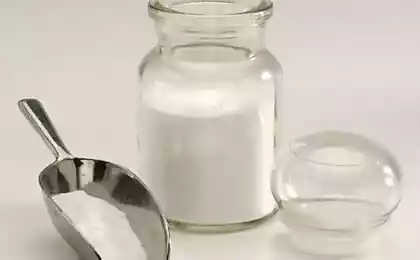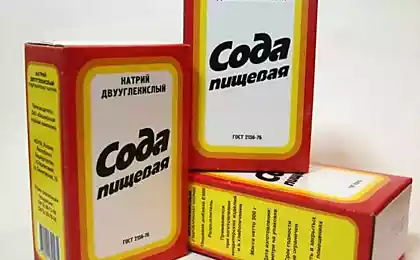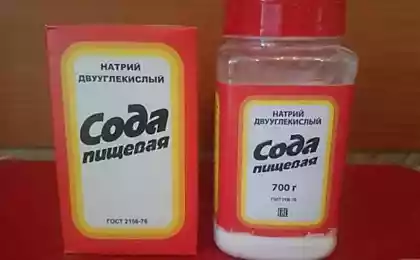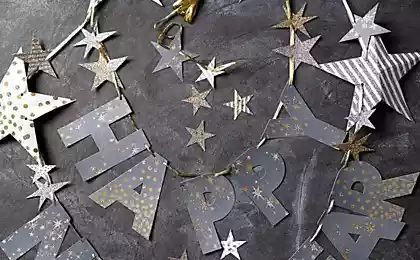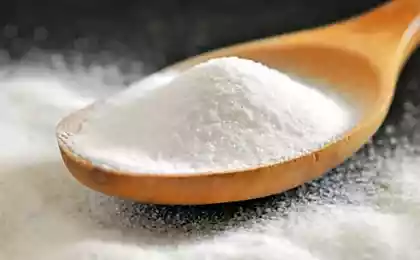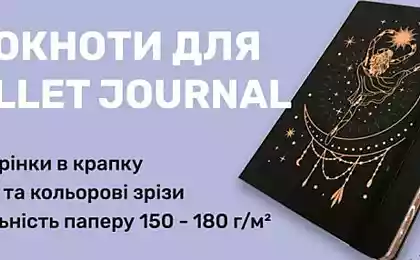153
Bas-relief of glue and soda with their own hands for unstoppable creativity
Wall bas-relief is a novelty in interior design. With the help of such decor, you can beautifully decorate the room. In this article, the editorial board will tell you that bas-relief.

A couple of centuries ago, bas-relief was decorated with luxurious palaces and mansions. However, nowadays you can not hire a sculptor to decorate the house. With the advent of new materials and technologies, stucco decor has become available to anyone who is willing to spend a little time on this idea.

By the way, this manufacturing technique is very simple. All the necessary materials are simply found in any home store. In addition, we will tell you how to make a paste for texture and stencil with your own hands.
For the basis of the stencil, take a piece of plywood from wood. We apply soil to the sheet: we mix acrylic paint and PVA glue in a ratio of one to one and lubricate the surface. Also, do not forget about the ends: after primed, we leave for a couple of minutes to dry.

Texture paste Now we're going to do texture paste. For manufacture, we mix two tablespoons of PVA, the same amount of acrylic paint and half a glass of soda. In this bas-relief, the paste will be ivory colors, but it is optional. With the help of mastichin (or spatula), we cover the base with a thin layer of paste. Do not try to make it too smooth – the surface should look like a stone. Also lubricate the ends and leave the base to dry for a couple of minutes.


For a stencil, we need a picture, a transparent plastic folder and a stationery knife. Cut off a piece of plastic of the desired size and fix the tape. With the help of a knife, we cut the pattern so as to leave the stencils. Do not rush, do it smoothly and carefully.

We put the finished stencil on the base and fasten with tape. With the help of mastichin, we apply another layer of paste 50 mm high. Our task is to make a three-dimensional drawing, similar to stucco molding of stone. When the paste dries, remove the stencil and level the edges of the pattern. Carefully walk with mastichin on the edges of the picture and form a relief. If some element is not drawn, you can add more pastes.

Let's paint the work. I use cream, brown and khaki, but you can choose any color from the beige-brown range. Carefully paint the work: dark shades of depression, and light - the convexity of the picture. Thus, it is possible to give a bas-relief of contrast. Also gradually obscure the difference between the spots of flowers, paint the ends and leave a little dry.

On a dry brush we take a little white paint and light movements pass through the protruding parts of the bas-relief. This will make the bas-relief ancient, with a certain antique shade. With the help of a small skin, we walk through work to give the effect of potholes on the stone. Places that perform can be further emphasized with the help of paint.

The finished work can be proudly hung in the living room or given to friends. Now this bas-relief is not just a wall decor – it is a work of art made with your own hands. We wish you inspiration and creative success!

A couple of centuries ago, bas-relief was decorated with luxurious palaces and mansions. However, nowadays you can not hire a sculptor to decorate the house. With the advent of new materials and technologies, stucco decor has become available to anyone who is willing to spend a little time on this idea.

By the way, this manufacturing technique is very simple. All the necessary materials are simply found in any home store. In addition, we will tell you how to make a paste for texture and stencil with your own hands.
For the basis of the stencil, take a piece of plywood from wood. We apply soil to the sheet: we mix acrylic paint and PVA glue in a ratio of one to one and lubricate the surface. Also, do not forget about the ends: after primed, we leave for a couple of minutes to dry.

Texture paste Now we're going to do texture paste. For manufacture, we mix two tablespoons of PVA, the same amount of acrylic paint and half a glass of soda. In this bas-relief, the paste will be ivory colors, but it is optional. With the help of mastichin (or spatula), we cover the base with a thin layer of paste. Do not try to make it too smooth – the surface should look like a stone. Also lubricate the ends and leave the base to dry for a couple of minutes.


For a stencil, we need a picture, a transparent plastic folder and a stationery knife. Cut off a piece of plastic of the desired size and fix the tape. With the help of a knife, we cut the pattern so as to leave the stencils. Do not rush, do it smoothly and carefully.

We put the finished stencil on the base and fasten with tape. With the help of mastichin, we apply another layer of paste 50 mm high. Our task is to make a three-dimensional drawing, similar to stucco molding of stone. When the paste dries, remove the stencil and level the edges of the pattern. Carefully walk with mastichin on the edges of the picture and form a relief. If some element is not drawn, you can add more pastes.

Let's paint the work. I use cream, brown and khaki, but you can choose any color from the beige-brown range. Carefully paint the work: dark shades of depression, and light - the convexity of the picture. Thus, it is possible to give a bas-relief of contrast. Also gradually obscure the difference between the spots of flowers, paint the ends and leave a little dry.

On a dry brush we take a little white paint and light movements pass through the protruding parts of the bas-relief. This will make the bas-relief ancient, with a certain antique shade. With the help of a small skin, we walk through work to give the effect of potholes on the stone. Places that perform can be further emphasized with the help of paint.

The finished work can be proudly hung in the living room or given to friends. Now this bas-relief is not just a wall decor – it is a work of art made with your own hands. We wish you inspiration and creative success!
What messages should not be written to a loved one
What to feed tomatoes, if there are many flowers, and ovaries are few


